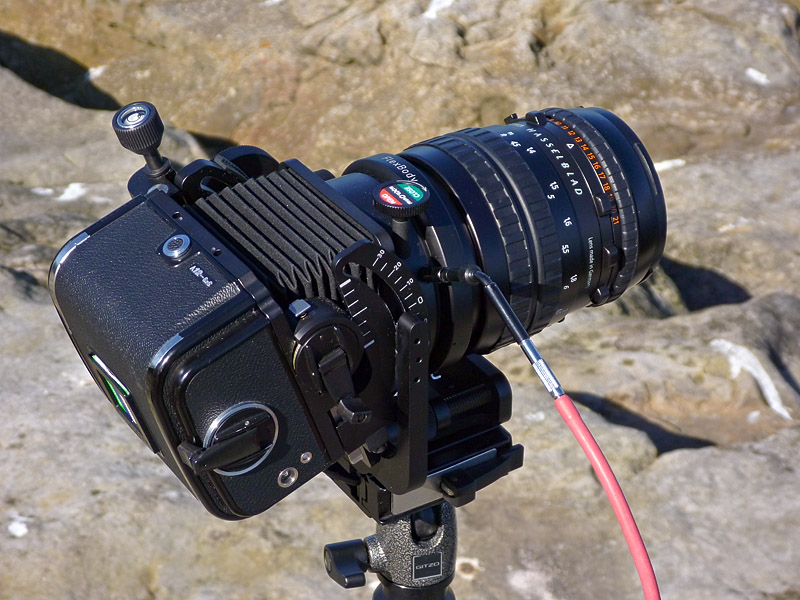Matus
Well-known
One technical comment. The weight of camera will have influence on your tripod selection. For example - My Tachi 4xt5 is hold perfectly steady with Feisol 3442 and a small Photo-Clamm ballhead (the 33 or 36 version) - total weight of the head and tripod is just below 1.5kg - about the weight of the camera. Should I swap the Tachi for some of the more compact monorails (around 3 kg) like Technikardan or Toyo VX125 or Arca Swiss I may need stronger (=heavier) tripod and head not to get the whole setup too top heavy. So swapping a 1.5kg camera for 3kg one may actually add much more weight.
Just a thought. I am not going to join the discussion 'my monorail is smaller than yours' 😀
Just a thought. I am not going to join the discussion 'my monorail is smaller than yours' 😀





